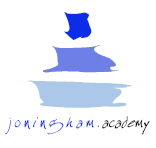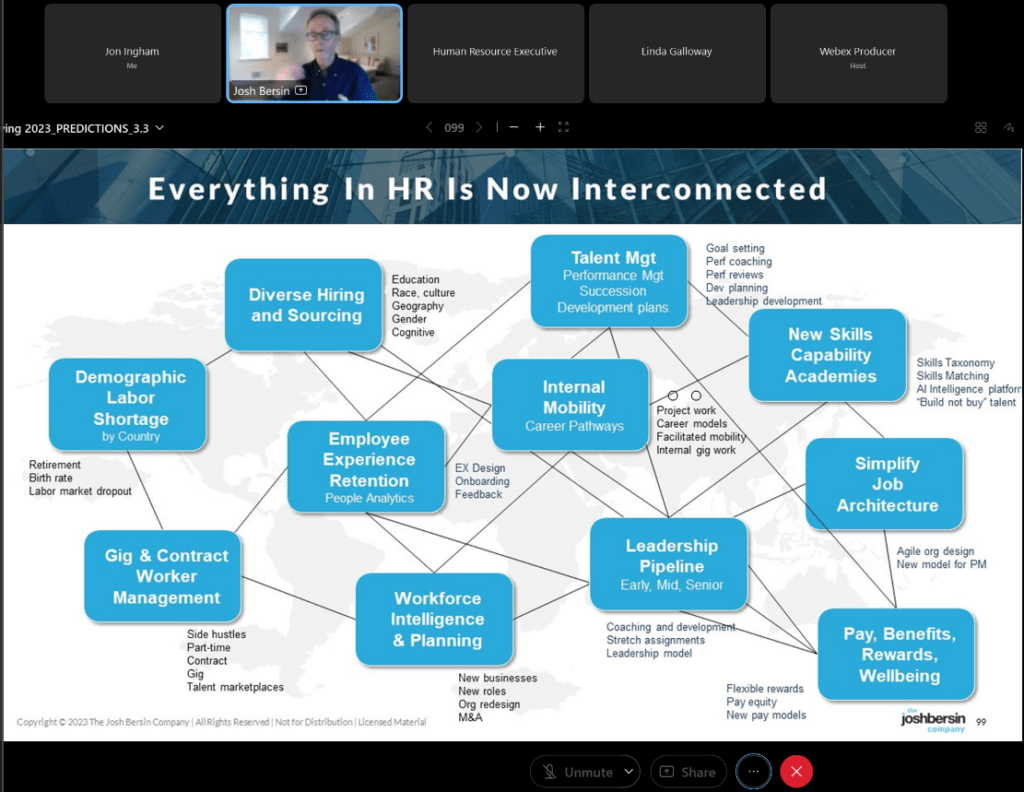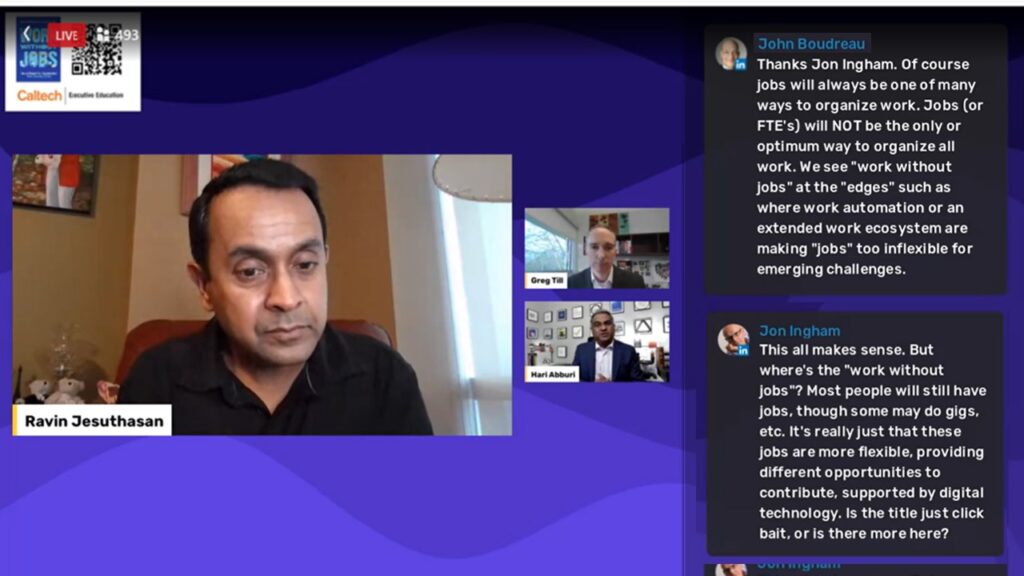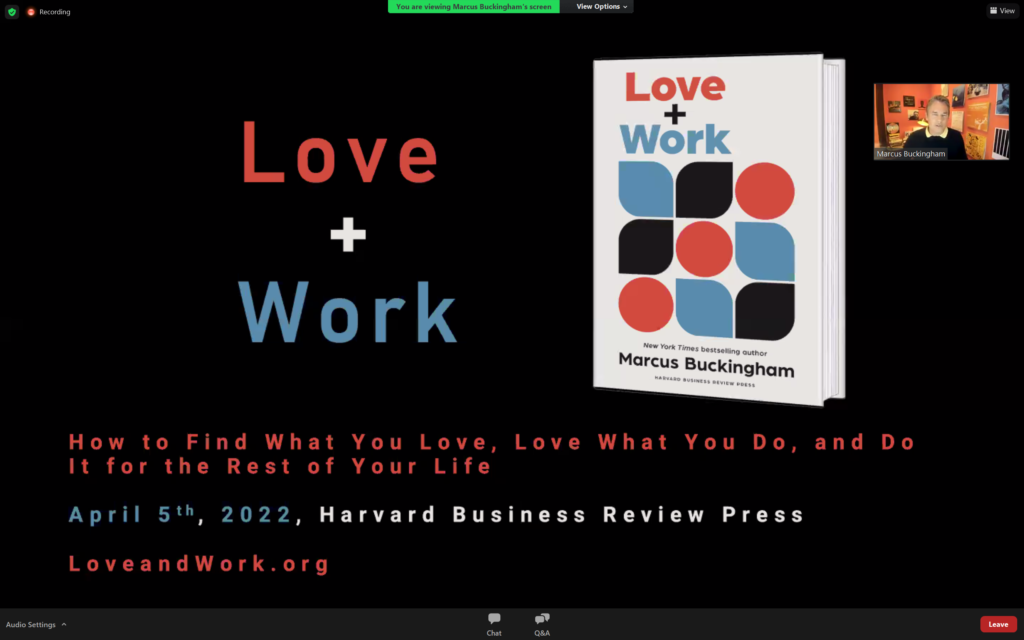HR Transformation training

It’s not just business organisations that seem to be suffering from a rather unthinking rush to modern organisation forms (primarily Agile teams, but DAOs, Holacracy, etc, too), our HR organisations are often following the same path too. Some of this is appropriate, and often very welcome, but much of it is not.
It’s a bit reminiscent of the early days of the Ulrich model, when many, many companies implemented a three legged stool without really thinking through what they needed, and many of these unthinking transformations failed. That’s not a criticism of the Ulrich model, but just of the way we implemented it as a sort of gold standard. I remember going to one conference where the UK head of a leading global firm’s HR consultancy group stood up and suggested that either the Ulrich model was flawed, or we were all implementing it poorly. Both suggestions were nonsense of course – the problem was that we were attempting to implement a model! However, these failures impacted the reputation of the Ulrich model in some places, and may be one reason why we seem so keen to move to something else today.
In addition to this, today, we’re in danger of making the same mistake about Agile and other opportunities that we made about Ulrich, and guess what’s going to happen if we do!
There’s some good commentary on this in McKinsey’s recent report on ‘Reimagining HR Insights’, some of which I support, and in particular I do completely agree that it’s never been more important for HR to be a true strategic partner.
However, I’d argue against some of McKinsey’s findings / conclusions (based on inputs from CHROs), shown below (with relative priorities shown on the right):

- Digitalisation. This point is spot on, although there’s a rather unfortunate point about platforms, which I think are an essential part of HR’s digital future and make up a sizeable content area in the Digital Transformation course.
- Agility and fluidity are important too. This can just be about pooling people from the traditional stool, but can include a separate pool as an additional leg / pillar, and yes, this can be Agile based too (often still with business partners, COEs and service centres). So we should talk about building on the traditional model, not shifting from it. Also, it really shouldn’t be about breaking down silos. As I explain in the Organisation Design course, silos aren’t a consequence of functional design, they’re an output of poor functional design. There are plenty of things we can do with the three legged stool to stop legs becoming silos if we’re intentional enough about it. Pooling is about switching focus from vertical specialisms to horizontal alignment with work. I think understanding this point is important (Bersin misunderstands it too).
- Business partners should have always been focusing on top management, and on top management within separate business units where that makes sense too. So I’d agree that ‘expert’ or junior business partners can often be moved into the pool / agile teams. However, it depends on the design of the business, eg if this has lots of business units, there will be a lot of senior BPs. If there are only a few units, it’s more likely that there will be junior BPs too. I’d think very carefully about folding the COEs into the pool / teams.
- HR practice groups. Not that new – there have been organisations which have combined COEs and service centres for decades. In the agile world, that may mean a dev opps type approach with teams responsibile for separate digital products.
- The employee experience is important but we can overplay it. I support the idea of aligning with employee journeys, as these often provide a better, clearer segmentation of HR than individual sub-functions. However, it’s not really the experience is that is most important, and we shouldn’t forget about providing strategic outcomes to our businesses too.
- Virtual COEs makes a lot of sense to me, and I’ve previously recommended the development of looser communities in preference to traditional centres to give BPs and others more opportunity to participate. Again, the idea of giving BPs additional responsibilities for HR functions (Europe) / employee journeys (US) isn’t that new – this is the very traditional approach of double hatting. I think the other point about Europe and the US is that about more business units in Europe being country units. So US BPs will double hat between business unit and employee journey whereas European BPs will cover country unit and HR| function.
- Extending business responsibility makes a lot of sense where it can be done, but HR shouldn’t withdraw support until business leaders and managers know how they can get the best out of their people. That’s going to be a long journey in many organisations. And HR neds to stay in the driving seat as far as strategic HR is concerned. There’s still lots of value we can add that will be lost if we don’t maintain that seat in the car / at the table.
I do agree with most of McKinsey’s other suggestions under moving from support to leadership. I think the point about adopting a new governance model as HR’s range and completity increases meaning that separating COEs and BPs becomes more difficult is really about BPs morphing into network brokers and participanting in communities as I’ve suggested previously.
On empowering line managers, HR needs to do a lot more than providing tools and coaching which is pretty much the definition of an HR support function!
And Mckinsey’s call to re-humanise HR by cutting back on automation and providing a human interface wil be music to the ears of many (not all!) HR practitioners. This does though raise another interesting paradox about how we do more digitalisation but less automation
My summary of all this would be that McKinsey and CHROs in their survey have lots of good ideas here, but there are other opportunities too, and the key is often selecting the right approach and tailoring it appropriate for a particular organisation.
And if we are going to implement Agile HR organisation, let’s at least do this in an agile way. We don’t normally need to move from a traditional model to a new one in a big bang implementation, but can start experimenting with this and other new opportunities and develop from there.
Learn more about all of this in the Academy’s HR Transformation course (and at the moment, there’s also an opportunity to join a special study group covering both Strategic Partnering and HR Transformation courses).
Jon Ingham
HR Strategist, Trainer, Learning Facilitator at the Jon Ingham Strategic HR Academy





